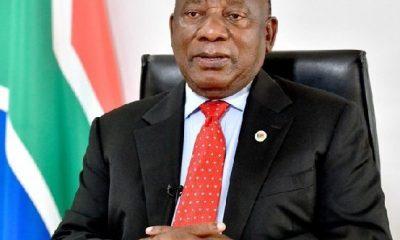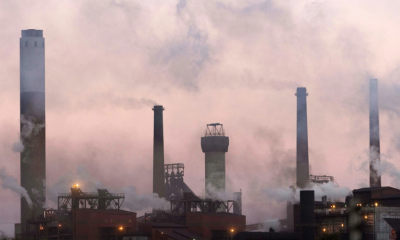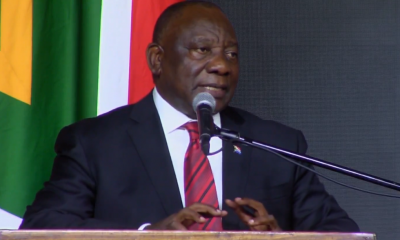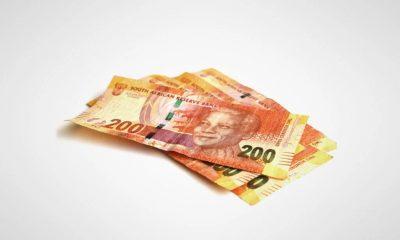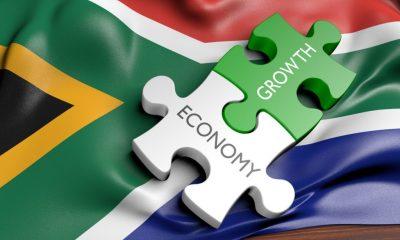Business
IMF Slashes South Africa’s 2025 Growth Forecast to 1.0% Amid Global Tariff Turmoil
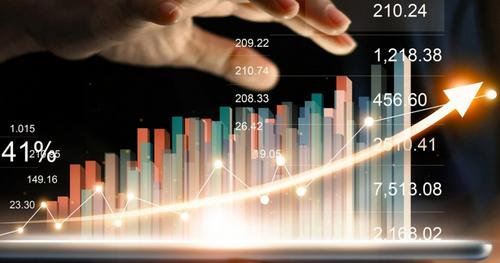
The International Monetary Fund (IMF) has delivered yet another blow to South Africa’s economic outlook, slashing its 2025 growth forecast to just 1.0%, down from its previous estimate of 1.5%.
The revised projection, part of the IMF’s April World Economic Outlook update released on 22 April 2025, reflects the growing uncertainty in the global economy, largely driven by a sweeping trade war initiated by U.S. President Donald Trump.
A Tariff Shock Reverberates Globally
In its report, the IMF warned that the United States’ new blanket tariffs—announced in early April—are already rippling through global trade channels. With effective tariff rates now at levels not seen in a century, the resulting shock to growth is significant.
“Tariffs constitute a negative supply shock…weighing heavily on the economic outlook,” the IMF stated. The unpredictability of these policy shifts is also contributing to a chilling effect on economic activity.
As a result, the IMF downgraded global growth to 2.8% for 2025, down from its 3.3% projection in January.
Emerging Markets Hit Hard—And South Africa More Than Most
While all economies are expected to feel the heat, emerging markets like South Africa are facing the worst of it. Growth for developing economies is projected to drop to 3.7% in 2025, with South Africa’s situation looking increasingly bleak.
South Africa’s GDP growth is now forecast at just 1.0% for 2025, a steep drop from the 1.5% expected in January. The IMF also noted that 2024’s actual growth of 0.6% fell short of its previous forecast of 0.8%.
Even looking ahead, growth prospects remain underwhelming, with 2026 now expected to deliver only 1.3% growth—down from 1.6%.
Falling Behind Population Growth
South Africa’s economic stagnation has deeper implications. The country’s growth rate is not keeping pace with its population growth, meaning South Africans are getting poorer on a per capita basis.
This trajectory starkly contrasts with President Cyril Ramaphosa’s goal of achieving 3% growth in the near term, an ambition increasingly out of step with both global forecasts and local economic realities.
Political Uncertainty Clouds Reform Agenda
While the global environment plays a role, domestic issues are also weighing heavily on South Africa’s outlook. Despite the GNU’s (Government of National Unity) promises to implement pro-growth reforms, internal missteps and political infighting have stifled progress.
The IMF’s long-term forecast now sees South Africa reaching just 1.8% growth by 2030—a far cry from the levels needed to reverse unemployment and poverty.
The IMF’s latest forecast reinforces a sobering reality: South Africa’s economy is stuck in a low-growth trap, now worsened by global headwinds and a fragile domestic political environment.
While the rest of the world braces for economic slowdown due to rising tariffs, South Africa is at risk of being left further behind, with little room to maneuver and increasing pressure on policymakers to act.
{Source BusinessTech}
Follow Joburg ETC on Facebook, Twitter , TikTok and Instagram
For more News in Johannesburg, visit joburgetc.com



